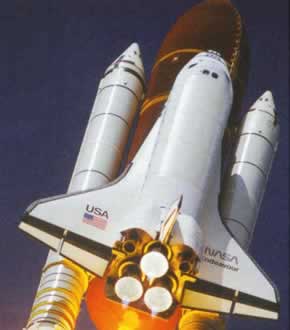
Learning Outcomes
|
Students
must be able to:
|
Links
|
|
-recognise
the states of matter.
|
|
|
-explain
melting, freezing, evaporation and condensation in terms of the
particle theory
|
|
|
-explain
the water cycle using the words evaporation, condensation and solar
energy.
|
|
|
-state
the properties of solids, liquids and gases.
|
|
|
-explain
the change of state in terms of the particle theory.
|
|
|
-explain
melting, freezing, evaporation and condensation in terms of the
particle theory
|
|
|
-explain
what happens when a soluble substance dissolves in water using the
words solute and solvent.
|
|
|
-explain
water's role in dissolving and transporting nutrients up the stems
of plants.
|
|
|
-explain
capillary action in terms of the structure of the water molecule
and its charged ends,
|
|
| -explain the unique properties of water as it condenses from a liquid into a solid. | |
|
-describe
a way to recover pure salt from a mixture of salt, sand and water.
|
|
| -describe the role of water in cooling | |
| -describe a technique used to purify ethanol from wine. | |
| -outline the process to separate a range of soluble and insoluble substances in a mixture, | |
| -describe the properties of, hydrogen, oxygen or carbon dioxide gases and ways in which we can identify them. | Link |
| Acids and bases | |
| - identify an acid or a base with the use of a suitable indicator. | |
| - recall that most indicators occur naturally and be able to conduct an activity to extract an indicator from red cabbage. | |
| -describe some of the properties of acids and bases | |
| -describe detergents as bases and identify uses of acids around the home. | |
| -identify some common foods that are acidic | |
| -define the pH scale as a scale from 0-14 where a pH <7 is acidic, 7 is neutral and >7 is basic. | |
| -given the pH of a solution determine if a strong or weak acid or base is present. | |
| -describe a neutralisation reaction as a reaction between an acid and a base that produces a salt and water. | |
Demonstrations
The serpent as an example of oxygen gas production.
Exploding
tin can, shows the energy released as hydrogen reacts with oxygen
to produce water.
The bouncing ball
Reactivity
of sodium in water
Oxygen
gas igniting a candle.
Properties
of carbon dioxide gas in extinquishing fires.
Properties of carbon dioxide in special effects
Activities
Recovery of copper metal from copper carbonate
(breaking down a compound to obtain a pure element(Cu))
Electroplating metals
Making sparklers (Chemical reactions that
involve rapid rusting and give off a great deal of heat)
Precipitation reactions
(Colour change as an indication of a chemical reaction)
Making plastics such as slime
Yeast and the usefulness
of their chemical reaction (The use of yeast and their chemical reaction
in the kitchen)
Making a home battery. (Storing chemical energy
for later use)
Making a simple oil and salt lava toy
( Using water soluble and insoluble
substances to create a simple Lava toy)
Separation of mixtures:
-Thin
film chromatography (Separation of inks)
-Lemonade a mixture
of many substances. (separation of lemonade into some of its constituent
compounds)
-Salt, sand and
water.
Revision tests